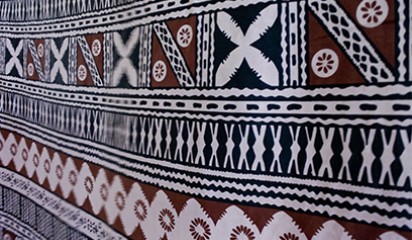The Australian Government has continued to progress a program of reforms to the Australian design rights system. The final provisions of the Designs Amendment (Advisory Council on Intellectual Property Response) Act 2021 have introduced several changes. These changes seek to increase harmonisation with other jurisdictions and clarify the law for both owners and third parties.
When did the changes come into effect?
The majority of the changes commenced on 10 March 2022. Some minor technical corrections and improvements came into force on 11 September 2021.
New 12-month grace period and infringement exemption for prior use
The introduction of a grace period allows a design application to be validly filed if the design has been disclosed in the 12 months prior to filing for protection. Before this change, there was a provision of a six-month grace period, but only under special and limited circumstances.
This change brings Australia in line with many other jurisdictions, including Europe, the United States, and Japan. It also brings the registered design grace period in line with that available for Australian patent applications, which also have a 12-month grace period.
The 12-month grace period will provide a useful fallback option for accidental disclosures. However, we do not recommend relying on the grace period and still recommend that a design application is filed before a design is disclosed. This is because the disclosure may affect the validity of a design application in other jurisdictions that don’t provide a grace period, such as New Zealand.
The grace period came into effect on 10 March 2022 and only applies to applications that were filed on or after this date, have a priority date on or after this date, and disclosures that occur on or after this date.
Publications of designs by the following aren’t eligible for the grace period:
- the Registrar of Designs; and.
- foreign and international designs offices.
In addition, third parties who use a design after its disclosure but before a design application is filed will be exempt from infringement even after the design has been registered. The new infringement exemption seeks to strike a balance between the rights of designers and third parties, who may not be aware that the designer intends to file a design application during the grace period.
Streamlining of the application and registration process
After a design application is filed, the details of its appearance are kept confidential until it is registered. Previously, registration had to be requested within six months of filing or the application would lapse. The previous system also allowed an applicant to request publication without registration, but this was rarely used.
This change introduces automatic registration of a design application and will reduce the number of deadlines the applicant is required to meet. It will also no longer be possible for an application to be published without being registered. Instead, it will be necessary to withdraw an application within six months of filing to prevent the design being registered and published.
This change does not affect the two-stage process for securing registered design protection, where certification must be requested following registration to enforce a registered design.
Relief from infringement before registration
The previous 'innocent infringer' defence has been extended to include infringement occurring between the filing date and the date of registration. The defence may be used by third parties if they can prove they had no reasonable way to know that an application for design registration existed.
This change addresses an anomaly where the defence could only be used in respect of registered designs, even though a third party could not have a found an application that was filed but not yet registered/published in the Designs Register.
Right of exclusive licensee to bring infringement proceedings
Previously, only the registered owner of a design could bring infringement proceedings. This change will give exclusive licensees the right to bring infringement actions under the Designs Act. This increases the consistency with other intellectual property rights such as patents, trade marks, and plant breeder’s rights where exclusive licensees already have the right to bring infringement proceedings.
This will be a welcome change for exclusive licensees, who will no longer need to rely on the registered design owner to take an infringement action through the courts.
Other changes
The Designs Amendment Act 2021 also made some minor technical changes and corrections to the Designs Act, and streamlines the process for updating formal requirements for design applications.
The previous formal requirements set out in the Designs Regulations 2004 were based on a paper filing system and do not reflect that the majority of applications are now filed electronically.
If you have any questions or would like advice about design applications or any other IP matters, please contact one of our experts.












